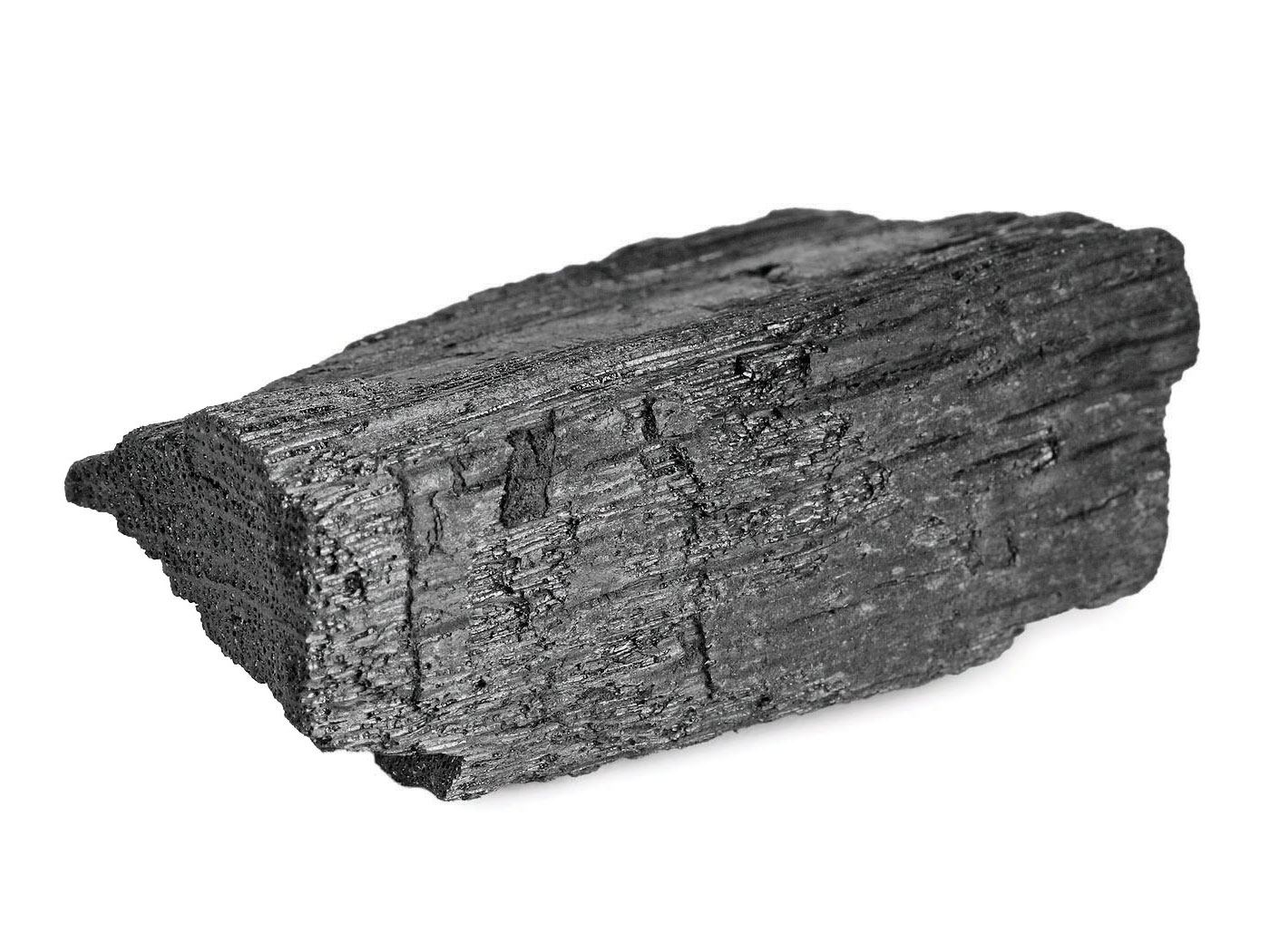In the first of our three articles on this news-grabbing subject, we pointed out some strange circumstances surrounding the geology of the cave systems in which Homo naledi was discovered, as well as critical mismatches in bony body parts. Click here to read that article. This second article exposes a strange lack of evolutionary dating methods. Why has lead researcher Lee Berger, who is touring the world touting these fossils, not performed even one of several standard dating methods for fossils?
The scientists have not published any definitive ages for Homo naledi.1-3 However, they seem to be assuming an age of around 2 to 2.5 million years or older—right where it needs to be for the story of human evolution.3 But this age estimate is not based on any empirical information.2
What can they do to determine the age of these bones? First, they can use the uranium-series dating technique. Researchers employing this method measure the amount of trapped uranium in flowstone deposits and compare it to an assumed flowstone deposition rate, deriving an assumed absolute age of the cave flowstone.4,5 For example, this technique gave another hominin-bearing cave in South Africa named Gladysvale Cave an age of 540,000 to 7,000 years.4 Team member Paul Dirks and his colleagues analyzed the flowstone in the Dinaledi Chamber using this uranium-lead dating method, but claimed the process was contaminated from "fine dusting of a detrital component derived from associated muds."2 Contrary to common scientific practice, they never reported the results of this "failed" dating attempt. This conclusion seems oddly convenient, as a date range matching their age assumptions would have almost certainly been reported.
Why haven't they tried basic carbon-14 dating? Instead, it appears they assume the bones are simply too old to contain measurable amounts of carbon-14.6 Finding no carbon-14 left in the bones would help their case by eliminating all age assignments 100,000 years or younger. In contrast, detectable carbon-14 would demonstrate a youthful age for the bones—but that would place Homo naledi alongside species of modern humans.
The researchers could also have used electron spin resonance (ESR) dating that other evolutionists use for tooth enamel in similar settings.7 Berger's team found 179 dental crowns in the cave—plenty of teeth to have employed this method. But no test was conducted.2
It seems they don't really want an absolute age for these bones. Why wouldn't a team of high-profile, cutting edge scientists use every dating and testing method at their disposal to help clarify exactly what these specimens are and therefore what they truly represent? Instead, it appears the researchers are telling us what they think the fossils are.
If the scientists determined an age in the thousands of years or even the ten-thousands of years ranges, it would keep naledi out of the larger evolutionary story and glorious spotlight of public attention—and especially funding, the holy grail of many research scientists. Worse, an age of thousands of years would clearly expose these fossils merely as man-made mosaics of different species, and not an evolutionary transition. In other words, it would nullify their find.
In the next and last article, we will expose some curious oddities about the cave and claims of ritualistic burial of Home naledi.
References
- Berger, L. R. et al. Homo naledi, a new species of the genus Homo from the Dinaledi Chamber, South Africa. eLife. Posted on elifesciences.org September 10, 2015, accessed September 15, 2015.
- Dirks, P.et al. Geological and taphonomic context for the hominin species Homo naledi from the Dinaledi Chamber, South Africa. eLife. Posted on elifesciences.org September 10, 2015, accessed September 15, 2015.
- Shreeve, J. 2015. Mystery man: A trove of fossils found deep in a South African cave adds a baffling new branch to the human family tree. National Geographic. 228(4): 30-57.
- Pickering, R. et al. 2007. Stratigraphy, U-Th chronology, and paleoenvironments at Gladysvale Cave: insights into the climatic control of South African hominin-bearing cave deposits. Journal of Human Evolution. 53 (5): 602-619.
- Pickering, R. et al. 2011. Contemporary flowstone development links early hominin bearing cave deposits in South Africa. Earth and Planetary Sciences Letters. 306 (1): 23-32.
- Bascomb, B. Archaeology's Disputed Genius. Nova Next. Posted on pbs.org September 10, 2015, accessed October 4, 2015.
- Grün, R. 1989. Electron spin resonance (ESR) dating. Quaternary International. 1: 65-109.
Image credit: Copyright © 2015 National Geographic Society. Sources: L. Berger and P. Schmid University of the Witwatersrand, South Africa; J. Hawks, University of Wisconsin-Madison. Adapted for use in accordance with federal copyright (fair use doctrine) law. Usage by ICR does not imply endorsement of copyright holder.
*Dr. Clarey is Research Associate at the Institute for Creation Research and received his Ph.D. in geology from Western Michigan University.
Article posted on October 19, 2015.
















